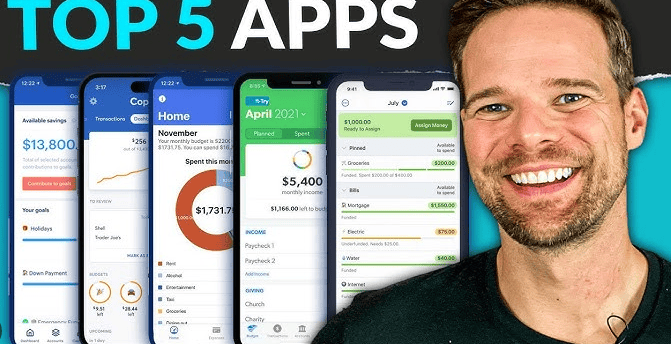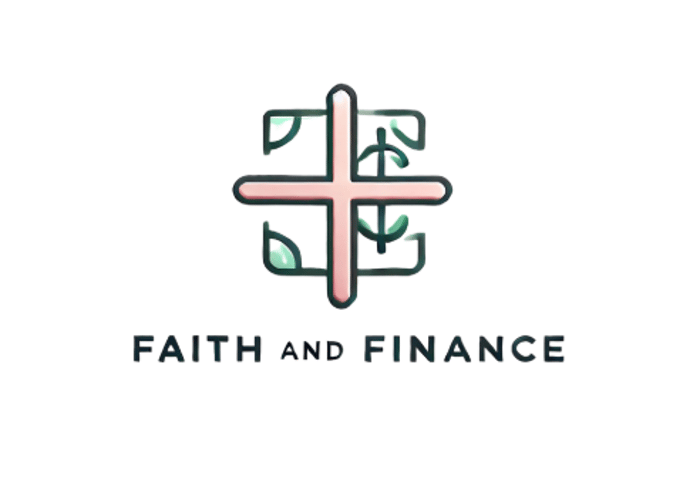coming soon...the steward sheet : Your complete system to budget, save, invest, and eliminate debt — all in one simple, ultimate money manager for financial independence sign up below
Top 5 Apps to Track Your Spending and Save More
Your Wallet Is in Your Pocket — Literally Managing your money doesn’t have to involve clunky spreadsheets, endless receipts, or hours hunched over your laptop. Today, your best financial tool lives right in your smartphone. And it can make tracking your spending, saving money, and building wealth simpler — and faster — than ever before. But with so many finance apps out there, which ones are actually worth downloading? Which ones make managing money feel easy instead of overwhelming?
Liliane Meteumba
4/27/20253 min read


Here’s a breakdown of the top 5 apps that can help you track every dollar, save more effortlessly, and hit your goals faster — without the stress.
1. Mint: The All-in-One Money Manager (Free)
Mint has been a top choice for beginners and experienced budgeters alike for years — and for good reason.
✅ What it does:
Tracks all your bank accounts, credit cards, bills, and subscriptions in one place.
Creates automatic budgets based on your actual spending.
Alerts you when bills are due or budgets are exceeded.
✅ Why it’s great:
It’s 100% free.
Clean, beginner-friendly design.
Helps you see your full financial picture at a glance.
✅ Potential downside:
Sometimes overwhelming if you have very complicated finances.
Ads inside the app can be a little annoying.
👉 Best for:
People who want a one-stop-shop for tracking money without manually entering every expense.
2. YNAB (You Need a Budget): Budgeting With Purpose
YNAB (You Need A Budget) isn’t just an app — it’s a full budgeting philosophy.
✅ What it does:
Forces you to assign every single dollar a job (the "zero-based budgeting" system).
Focuses on helping you plan for future expenses instead of reacting to emergencies.
Offers great education on money mindset shifts.
✅ Why it’s great:
Hands down the best for intentional budgeting.
Extremely active community support.
Builds strong financial habits fast.
✅ Potential downside:
Costs about $14.99/month or $99/year after a 34-day free trial.
Higher learning curve upfront compared to basic budgeting apps.
👉 Best for:
People serious about changing their relationship with money — and who want total control over their cash flow.
3. PocketGuard: Spend Only What’s Safe
PocketGuard is like having a financial bodyguard in your pocket.
✅ What it does:
Shows exactly how much you have available to spend after covering bills, savings goals, and necessities.
Helps you stay mindful in real-time — not just at the end of the month.
✅ Why it’s great:
Simple and straightforward.
Great for people who tend to overspend or struggle with self-discipline.
Easy to connect to banks and track recurring expenses.
✅ Potential downside:
Limited customization compared to Mint or YNAB.
👉 Best for:
Busy people who want a quick daily snapshot of “what’s safe to spend” without thinking too hard.
4. Rocket Money (formerly Truebill): Crush Subscriptions and Lower Bills
Rocket Money focuses on plugging the leaks — saving you money where you didn’t even know you were losing it.
✅ What it does:
Tracks your subscriptions automatically and helps you cancel them easily.
Negotiates bills (like phone, cable, and internet) on your behalf.
Offers full financial dashboard and spending analysis.
✅ Why it’s great:
Uncovers hidden subscriptions fast.
Bill negotiation service can save hundreds.
Easy savings goals setup inside the app.
✅ Potential downside:
Bill negotiation service takes a percentage of your savings.
Premium features require a subscription ($3–$12/month depending on plan).
👉 Best for:
Anyone who feels like their finances are bleeding through forgotten subscriptions or high bills.
5. Goodbudget: Digital Envelope System
Goodbudget brings the classic envelope budgeting system into the digital world.
✅ What it does:
Helps you divide your monthly income into “envelopes” for different spending categories (food, gas, entertainment, etc.).
Forces you to spend only what’s in each envelope.
✅ Why it’s great:
Great for couples managing shared budgets.
Strong discipline builder without feeling robotic.
Syncs easily across devices.
✅ Potential downside:
Requires more manual entry than apps like Mint.
No automatic account syncing in free version.
👉 Best for:
People who want a structured, old-school approach modernized for mobile life.
How to Pick the Right App for YOU
Here’s the simple truth:
The “best” app is the one you’ll actually use consistently.
Ask yourself:
✅ Do you want everything automated (Mint)?
✅ Do you want total control and hands-on budgeting (YNAB)?
✅ Are you fighting overspending and want a quick view (PocketGuard)?
✅ Are you leaking money through subscriptions (Rocket Money)?
✅ Do you like the envelope method and manual tracking (Goodbudget)?
Pick the one that fits your personality — not the one everyone else says is best.
👉 Test 1–2 apps for a week and see what feels most natural.
👉 Delete the others so you stay focused.
Simple beats complicated every time when it comes to personal finance.
Final Thoughts: Your Budget is Only as Good as Your Tools
Tracking your spending isn’t about judgment.
It’s about awareness and empowerment.
When you can see exactly where your money is going, you can:
✅ Spot hidden leaks
✅ Cut waste painlessly
✅ Save more without feeling restricted
✅ Hit your goals faster than you ever thought possible
The right app turns good money intentions into real financial wins.
You have the tools.
Now it's time to take action.
SUSCRIBE on my YouTube channel @ https://www.youtube.com/@lilianemeteumba
Faith&Finance
Transform You finances without compromising your values!
757-301-1682
© 2025. All rights reserved.
